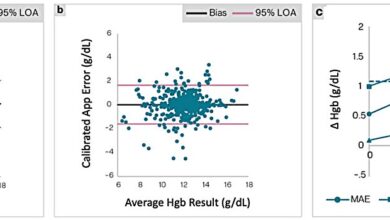1 in 10 asthma cases can be avoided with a better urban environment, large-scale study finds
A recent study conducted by researchers from Karolinska Institutet as part of a major EU collaboration has shed light on the impact of environmental factors on the development of asthma in both children and adults. The study, published in The Lancet Regional Health—Europe, analyzed data from nearly 350,000 individuals across seven European countries to assess the role of air pollution, outdoor temperatures, and urban density in increasing the risk of asthma.
Unlike previous studies that focused on individual environmental factors, this study considered the combined effect of multiple factors on asthma risk. By analyzing satellite images showing urban landscapes, the researchers found that a combination of air pollution, lack of green spaces, and dense urban development significantly contributed to the development of asthma. In fact, the study revealed that 11.6% of asthma cases could be attributed to these environmental factors.
The findings have important implications for urban planning and public health policies. By identifying high-risk areas in existing urban environments and incorporating green spaces into future city planning, policymakers can create healthier living environments that reduce the risk of asthma and other respiratory diseases.
The researchers plan to further investigate how external environmental factors impact the body’s metabolism and contribute to the development of asthma. By analyzing blood samples from study participants, they aim to better understand the biological mechanisms underlying asthma and potentially identify new strategies for prevention and treatment.
This study was part of the EU project EXPANSE, which aims to explore how individual exposomes—total exposure to environmental factors—affect the risk of various diseases, including stroke, heart attack, COPD, and diabetes. By studying the complex interplay between environmental factors and health outcomes, researchers hope to pave the way for more targeted interventions and improved public health strategies.
For more information on this study, you can refer to the publication in The Lancet Regional Health—Europe. The research was led by Zhebin Yu and Erik Melén from Karolinska Institutet, and the findings offer valuable insights into the role of urban environments in shaping asthma risk.





